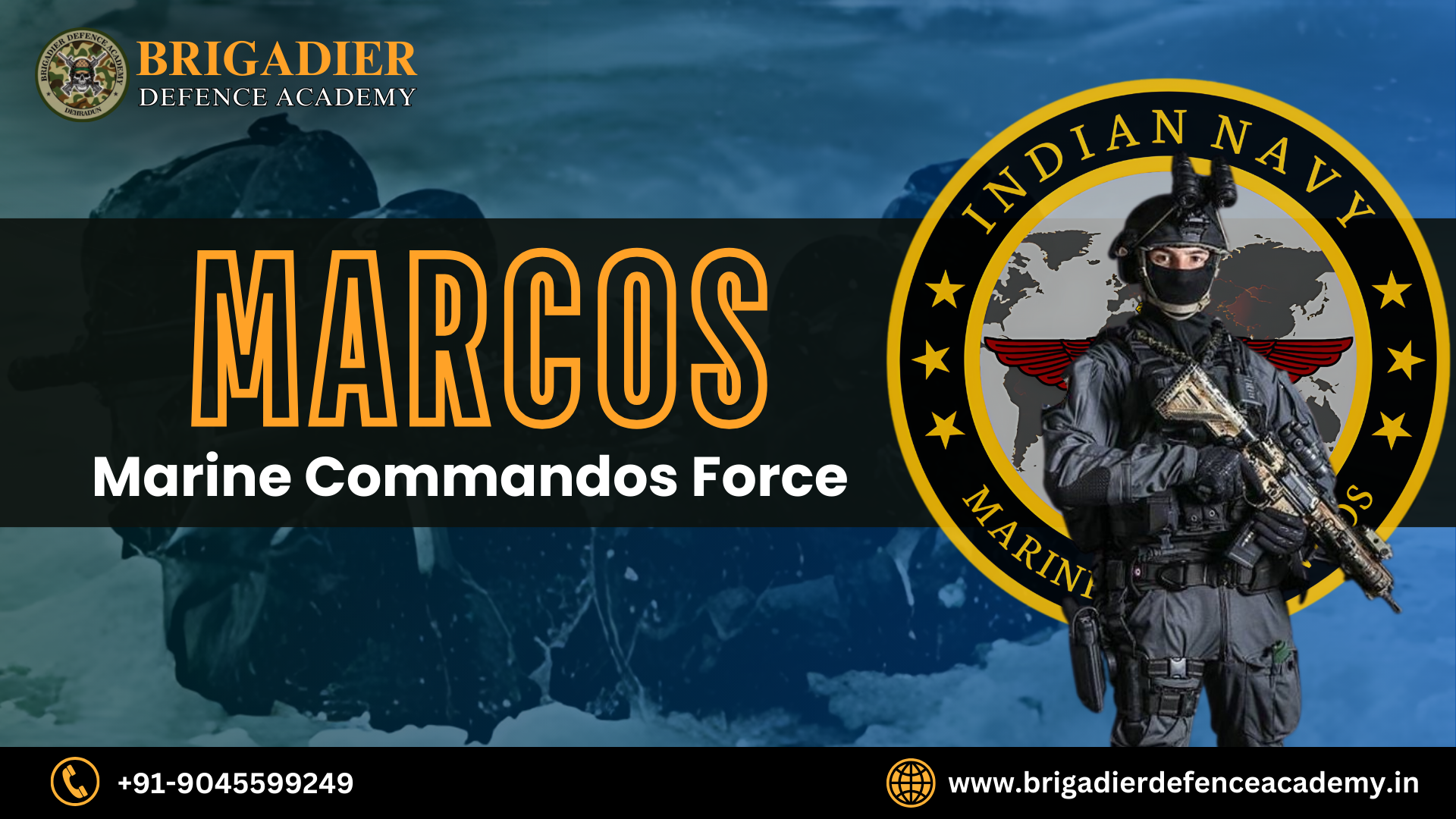MARCOS: Evolution and Capabilities of India’s Elite Marine Commando Force
The Marine Commando Force (MARCOS), formerly known as Marine Commando Force (MCF), is one of India’s most secretive and elite special forces units. Specializing in everything from amphibious warfare to counter-terrorism and reconnaissance, MARCOS operates under the aegis of the Indian Navy. The evolution of MARCOS from a modest beginning to a premier special operations unit reflects the changing dynamics of maritime security threats and India’s response to them.
Formation and Evolution of MARCOS
The inception of MARCOS dates back to 1987 when the need for a specialized maritime force became evident following Operation Pawan in Sri Lanka, where the Indian forces encountered challenges in amphibious operations. Initially trained by advisers from the U.S. Navy SEALs and British SAS, the first group of Indian commandos was prepared to undertake a variety of harrowing missions, primarily focused on maritime activities.
Originally named the Indian Marine Special Force (IMSF), the unit’s role included amphibious reconnaissance, counter-terrorism, and underwater operations. By 1991, they were renamed as the Marine Commando Force. Over the years, MARCOS has expanded its capabilities and now serves as a crucial component in India’s military strategy, capable of operating in all terrains, but specializing in maritime and joint amphibious operations.
Training and Capabilities
Training for MARCOS is notoriously rigorous and is designed to filter out all but the most resilient and skilled soldiers. The commandos are put through a grueling set of physical and mental challenges that span over two and a half years. The initial phase tests physical fitness, swimming skills, and psychological resilience, followed by specialized training in weapons handling, counter-terrorism, reconnaissance, demolition, and even languages and cultural training for operating in diverse environments.
MARCOS commandos are also trained in parachuting, including HALO (High Altitude-Low Opening) and HAHO (High Altitude-High Opening) jumps, which are vital for inserting troops stealthily into enemy territory. They are adept in diving operations, capable of deploying from submarines and carrying out underwater operations, which include sabotage missions against enemy ships and installations.
Operational Achievements
MARCOS has been actively involved in several key operations that highlight their strategic importance. During the Kargil War in 1999, MARCOS operatives were among the first to reconnoiter the heights and gather vital intelligence on enemy positions. Their ability to operate in the harsh, high-altitude terrain underlined their versatility and training.
The force also played a significant role during Operation Black Tornado in 2008, in response to the terrorist attacks in Mumbai. MARCOS commandos were pivotal in neutralizing terrorists and rescuing hostages at the Taj Mahal Palace and Tower Hotel, demonstrating their counter-terrorism prowess.
Strategic Importance in the Indian Ocean
MARCOS is integral to India’s maritime security strategy, particularly in the strategically volatile Indian Ocean region. Their ability to conduct clandestine operations, maritime interdiction, and boarding operations is crucial in a region that sees a significant amount of global maritime trade, as well as various maritime boundary disputes and piracy threats.
The growing geopolitical tensions in the Indo-Pacific region have also meant an increased role for MARCOS in safeguarding India’s interests. The force’s capability to operate jointly with other branches of the Indian Armed Forces and international allies enhances India’s operational readiness and strategic influence.
Challenges and Future Prospects
Despite their proven capabilities, faces several challenges. The advancement of technology in warfare, the need for greater interoperability with other forces, and the constant adaptation to new-age maritime threats require continuous evolution in tactics and equipment.
Future prospects for include the integration of more advanced technology, enhanced maritime domain awareness, and increased emphasis on cyber and space domains. The force is likely to expand its role in asymmetric warfare scenarios, where its capabilities can be uniquely leveraged.
The evolution of MARCOS from a nascent marine unit to a premier special forces group mirrors India’s rising strategic ambitions and its commitment to securing its maritime frontiers. As threats evolve and expand, so too will MARCOS, adapting to protect the nation against both traditional and unconventional maritime challenges. Their continued development and operational successes remain vital to India’s defense strategy, reflecting the country’s readiness to defend its interests at sea and beyond.







